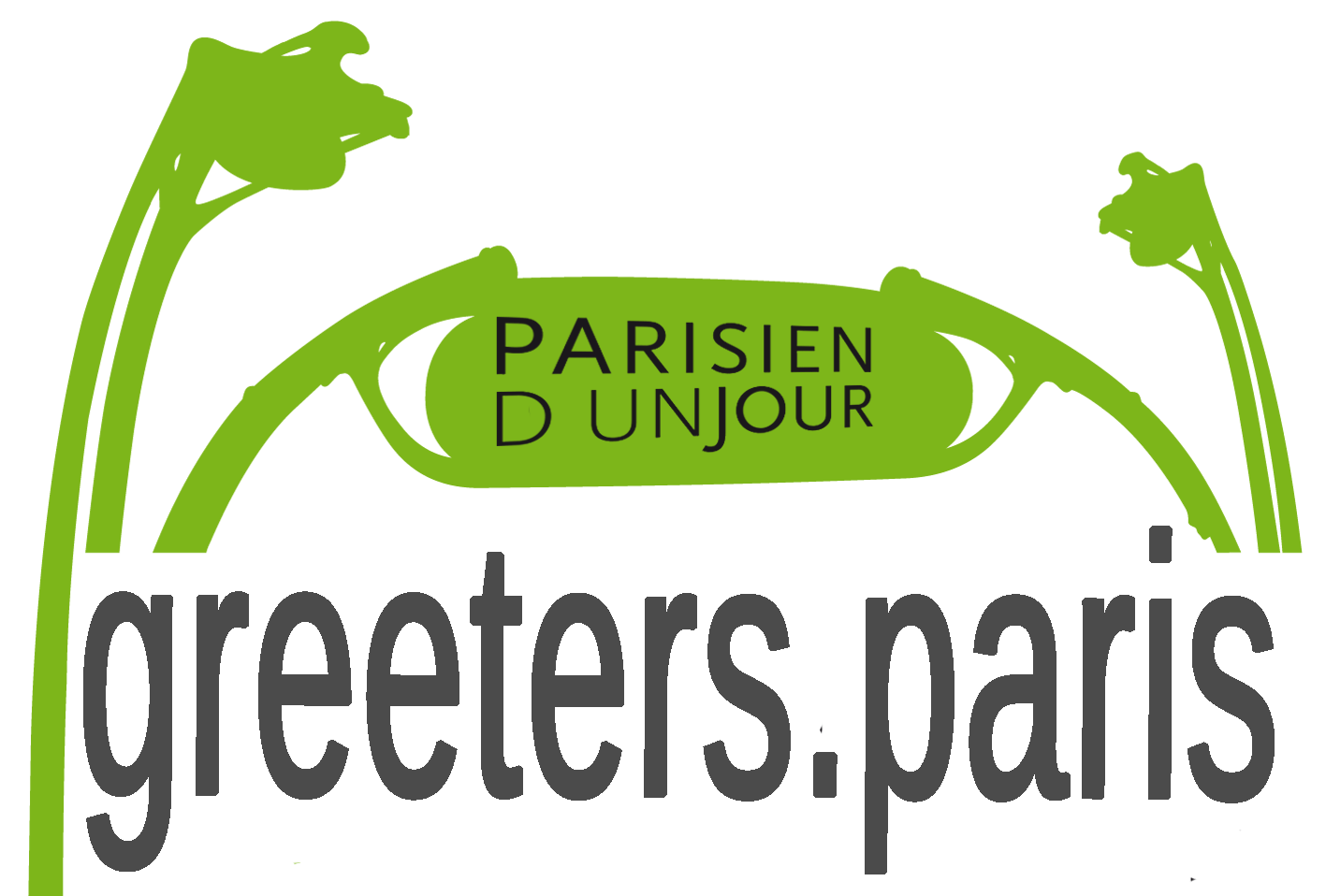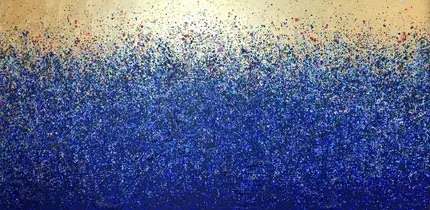
I have already several times talked about the Philippe-Auguste Wall, constructed
between 1190 and 1210 around what then was more or less Paris, with some 50.000
inhabitants, plus perhaps about the same number of students in the newly
started university activities. You can still find a surprising number of relics left of
this wall, which basically was destroyed during the latter part of the 16th
century. You can read about some of the places where the wall can still more or
less be seen here, here, here, here and here.
I recently had the opportunity to visit another remaining piece of the wall, situated under a post
office, Rue Cardinal Lemoine. It was discovered when the building, housing the
post office, was to be constructed in 1992 … and was saved.
It’s
actually an opening in the wall, an arch, which allowed a deviation of the
Bièvre River* to pass (the natural river normally reached the Seine River close to where now the
Gare d’Austerlitz is situated), a canal which was created in 1151 and which
reached the Seine just in front of Notre Dame (of which the construction
actually started only a few years later, in 1163).
It seems
that the latter part of the canal was abandoned, when a new canal deviation was
created in 1370. I have tried to draw more or less where the Bièvre and its
deviations used to pass -and the little red cercle inicates where the arch for the passage was - is - situated.
On the map below from the 16th century, we can see that the canal is not visible any more in its latter part, only the 1370 deviation. The red cercle shows again where the arch was - is - situated. ... and we can see the wall, which had not yet been demolished.
Today the
Bièvre River still floods, but it’s completely covered (it was stinking) and is never visible
inside Paris. But, parts of the wall can still be found. On the map below, you can
see which places I have so far visited and showed, but there are a few more,
sometimes behind closed doors and gates. I may come back…
*/ "Bièvre" refers to beavers, of which the little river was full.







































































